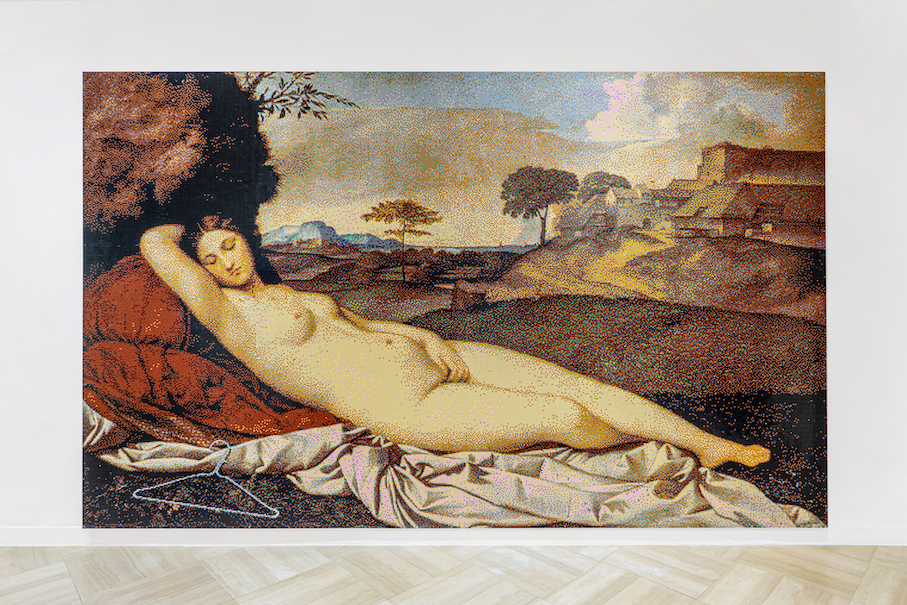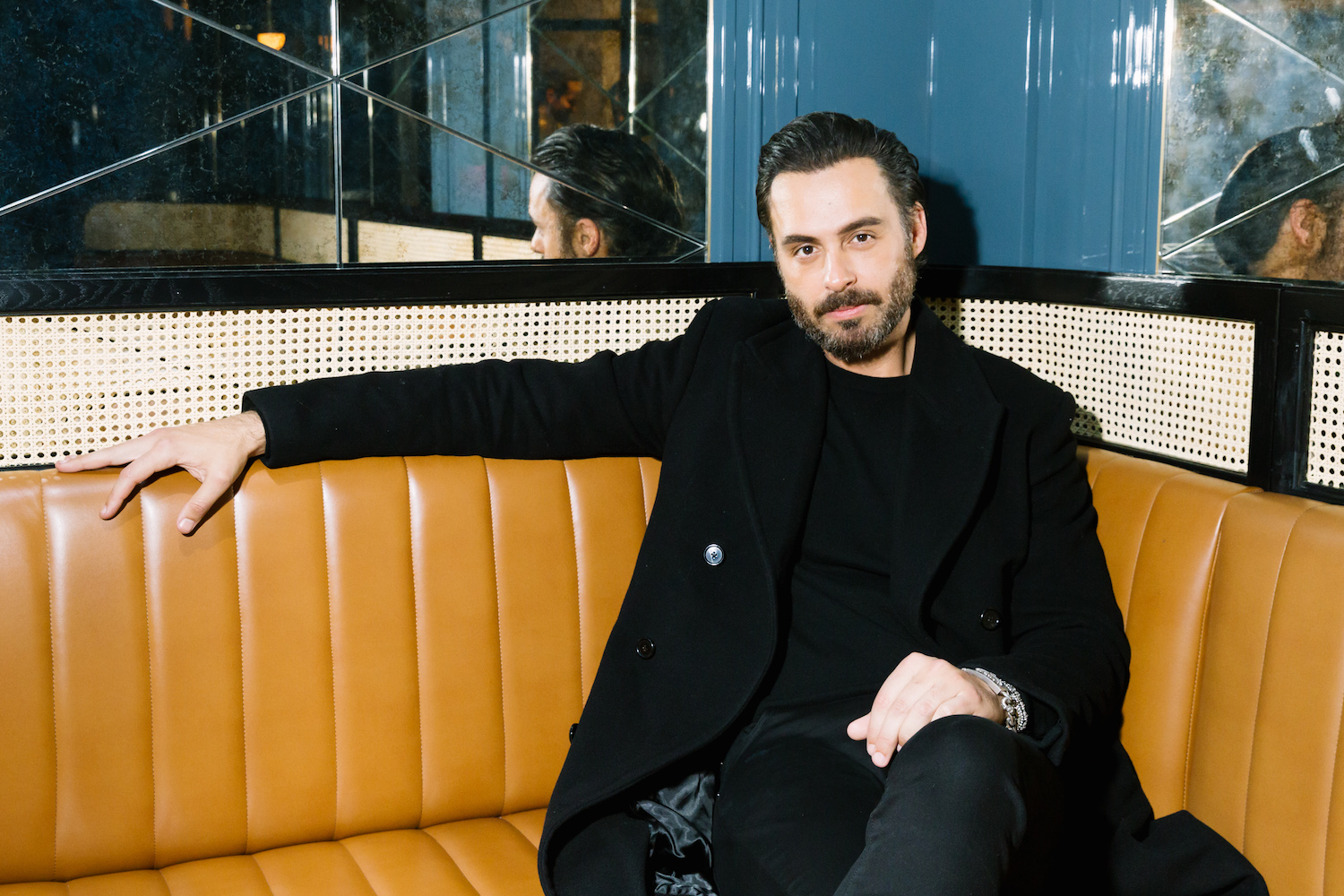Catherine Opie’s latest exhibition at Regen Projects, on view through March 29, is an allegorical, unfolding narrative that is dark, mysterious and controlled. Her abstract vignettes are intermixed between blurred landscapes, thus creating a constant movement throughout the entire gallery space.
Whitewall caught up with Opie to discuss her new work, its direction, and the interpersonal relationships that shape it.
WHITEWALL: What is different about your approach in this particular show?
CATHERINE OPIE: For me, the entire body of work, is really about the figure emerging out of the black, using this kind of lighting that we all know from 17th-century paintings in terms of a history of portraiture and what is our desire within that.
It is also about desire and how our brain works on a cognitive level in relationship to that; approaching the work from a place that we already know it, to a certain extent, but we don’t know it. What is really known by anything or anybody through a portrait?
WW: What about the theme of blood?
CO: The blood is really a metaphor of being an older woman, 51, who is entirely in menopause. For me, the blood becomes metaphorical in relationship to my own body. The fact that, I basically don’t bleed anymore.
In the portrait of Dave, he’s holding his hands over his penis and he has blood all over his hands. He’s my trainer, who has been training me for the last two years. My body transformed quite a bit in his hands. Being a lesbian, I don’t really have close relationships with men. In a certain way, his calmness looking down at his hands, covering his cock is basically that he bleeds for me. Also, the (Mulleavy) sisters in Kate & Laura are doing the blood drip. The blood and the red throughout the body of work is more of an internal connection to my own state within my body.
WW: What about the portrait of the woman with the sewn red lips? Her particular story seems to end with a kiss in the piece entitled Julie & Pigpen.
CO: I don’t think I was going for any singular or distinct reading, I was going for a mood in relationship to body and mind in a cognitive relationship to the sublime.
There isn’t a specific narrative that I was trying to work on, but I did want to bring allegory into the work. In a history of portraiture, there is allegory, but it’s often in relationship to religion or symbolism. What is the symbolism in relationship to my place in life right now? I was thinking on that level, which is much more from an internal, metaphorical place that I was trying to create in the work.
WW: How does the blurred imagery fit into the series of portraits?
CO: The landscapes are these pauses in between. It’s also a cognitive position, bumping up against what’s happening in abstract photography right now. My abstraction is lens space. It’s all these iconic places that we go to meet this experience in nature.
My question now is in relation to Instagram and Facebook. When a person goes to the Grand Canyon, and takes a cell phone picture of it, is that really their relationship to the Grand Canyon? It’s not about naming those places. The landscapes are all Untitled. It is this sense that we know that place without really knowing it in terms of its detail. The detail is taken away by just racking the focus out in relationship to this green space of our experience of nature; at this point in humanity in terms of people interfacing with it.
Catherine Opie’s work has been the subject of numerous exhibitions throughout the United States and Europe. In 2008 she had a mid-career survey at the Solomon R. Guggenheim Museum in New York. Additionally she has had solo exhibitions at the Long Beach Museum of Art, Long Beach; Institute for Contemporary Art, Boston; Los Angeles County Museum of Art, Los Angeles; Walker Art Center, Minneapolis; The Saint Louis Art Museum, St. Louis; Photographers’ Gallery, London; Museum of Contemporary Art, Chicago; and the Museum of Contemporary Art, Los Angeles.








